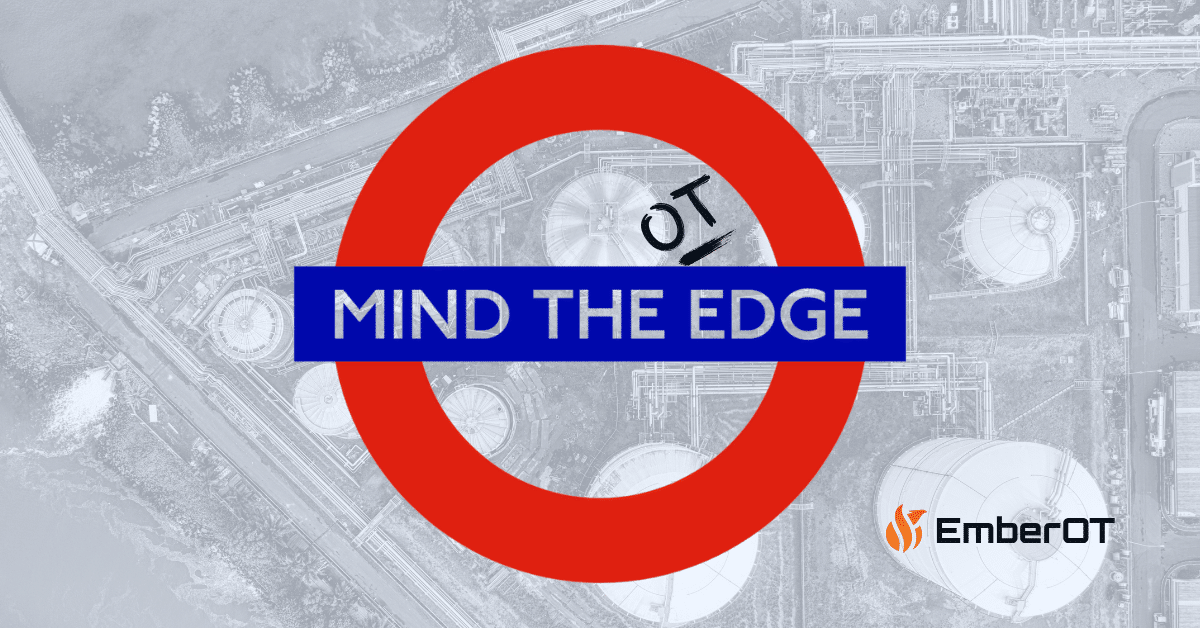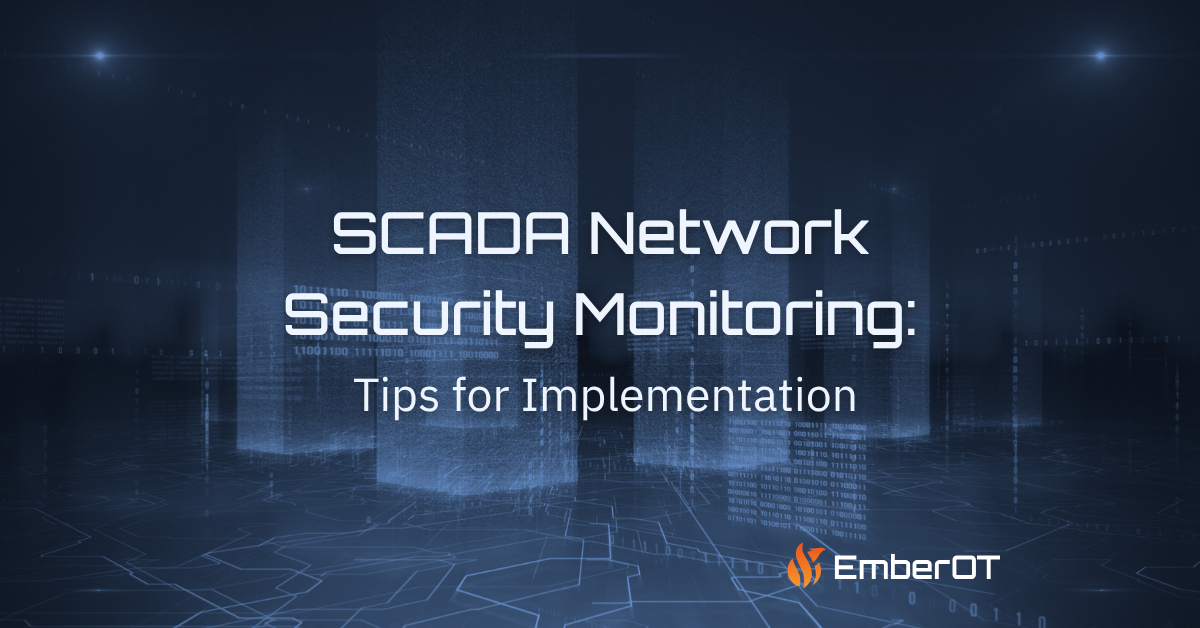The rapid expansion of technical business environments, including a larger focus on big data and advancing technology, are expanding the “edge” of OT (operational technology) and IT (information technology).
Businesses are increasingly focused on gathering, analyzing, and processing ever more data from their environments to optimize performance, manage operations remotely, and improve safety. That, in turn, means there is far more to consider when securing an OT environment as well.
What is the “Edge” Anyway?
In order to secure the edge, it first has to be defined.
In broad terms, the “edge” refers to the computing infrastructure and devices that are closest to where data is being generated. This includes a wide range of devices, such as sensors, cameras, robots, edge computing devices, and infrastructure like switches and gateways.
Edge computing plays a huge role in keeping operations running smoothly. By having data processed closer to the source, automations and operators can more quickly identify and respond to issues, optimize processes, and minimize downtime.
Unlike in centralized or SaaS (software-as-a-service) infrastructures, edge devices can function independently. They provide vital data to operators that ensure operations are continually up and running. Edge computing also allows operators to maintain a system’s resilience and continuity, even in the face of unexpected events or disruptions.
What’s at the Edge of Your OT Network?
OT environments are feats of engineering and works of art. 🎨 Operational environments are engineered with specific operational needs in mind, in which every solution is uniquely designed to meet the needs, space, environment, and output of its specific environment.
Unfortunately for operators, administrators, and defenders, this also means there are no limits to what devices can be found in an edge environment.
The OT edge is where operators gather and analyze day-to-day operational data, sensor data, performance, and telemetry data. This data is typically proprietary, critical for daily function, and if it is compromised, it will often disrupt normal operations. A variety of equipment is used to gather and analyze this data, but common devices and tools include HMIs (human machine interfaces), PLCs (programmable logic controllers), sensors, and more.
Historically, these OT devices weren’t designed with secure data flow to other networks in mind. So, as companies introduce new software and hardware to outfit these devices for new network connections, another nuanced layer of key considerations is added when securing ICS data.
Watch Your Step, and Mind the OT Edge!
Fortunately, the steps to secure the data and devices at the edge of your OT environment align with much of the same guidance that applies to enterprise and IT environments:
- Network monitoring and a baseline knowledge of what “normal” activity looks like makes it much easier to identify anomalous behavior. Remember that monitoring east-to-west traffic, or movement within a segment of the network, is just as important as monitoring communications in and out of the segment.
- Establishing robust and enforced access policies and procedures, in conjunction with continuous monitoring, can limit the impact of bad actors or unauthorized access, as well as help ensure unauthorized access is caught early enough for preventative measures.
- Segmenting your OT network from the rest of the organization makes it more difficult for users to gain unauthorized access to sensitive information.
- Maintaining regular access control will limit who has permission to access and connect to OT edge devices. This also reduces the risk of a bad actor using compromised credentials to access edge data and devices.

While these steps are an important part of protecting OT environments, careful consideration should also be given to how security projects and initiatives are implemented.
If implementing hardware, software, or a new process takes too long or is overly difficult, that could disrupt day-to-day tasks and normal operations. For critical infrastructure systems, that amount of downtime is usually not an option.
Knowing your environment inside and out is vital in constructing a realistic and scalable security plan that meets the unique needs of your ICS environment.
Visibility Without the Hassle
EmberOT makes it simple to monitor network traffic and gain visibility with a rapid deployment timeline. Our sensors are vendor agnostic and can work with your enterprise’s existing technology — without additional hardware.
We make it easy to customize your industrial visibility program. Keep track of what’s important and scale as needed with flexible deployment options that meet your needs.
Schedule a demo or contact us to learn more!
Become a Subscriber
EMBEROT WILL NEVER SELL, RENT, LOAN, OR DISTRIBUTE YOUR EMAIL ADDRESS TO ANY THIRD PARTY. THAT’S JUST PLAIN RUDE.




